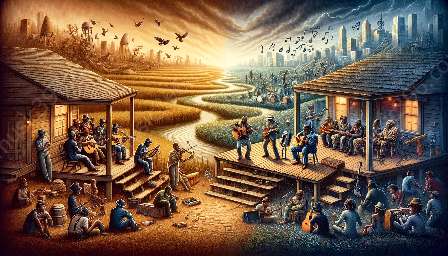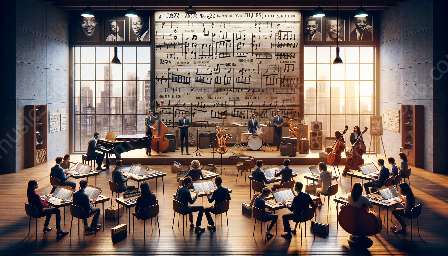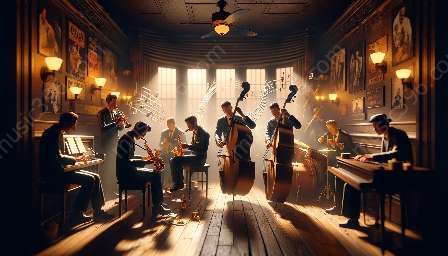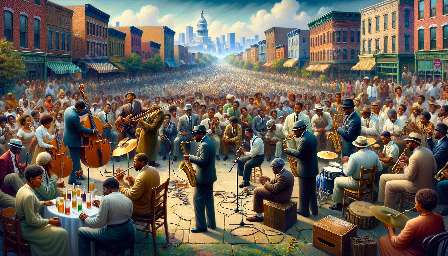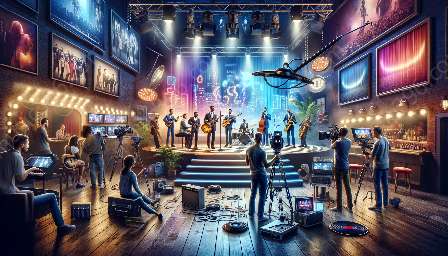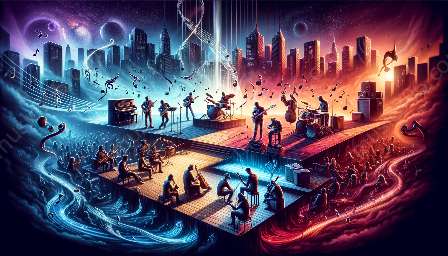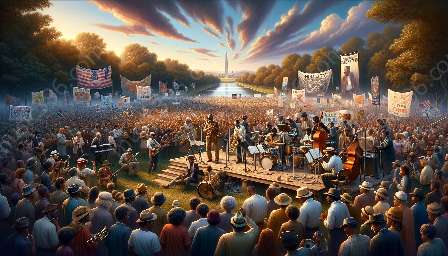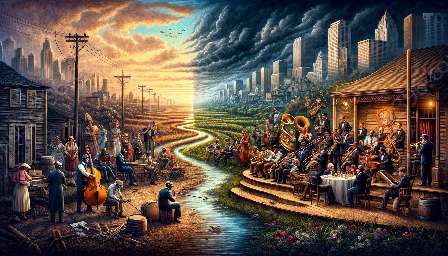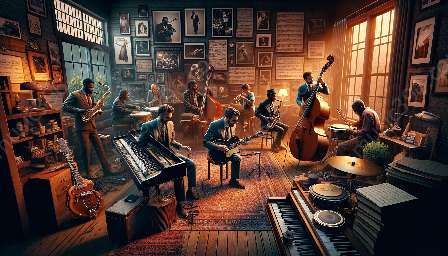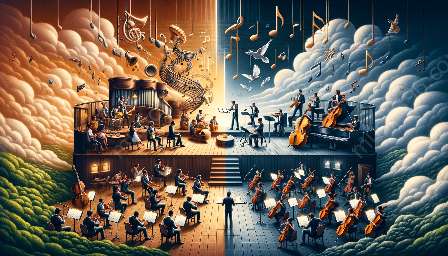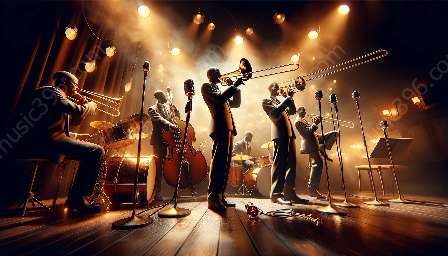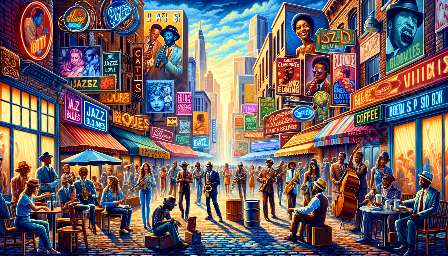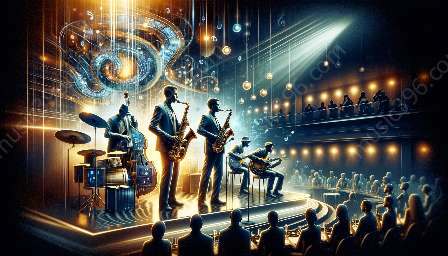Jazz and blues are two of the most influential musical genres of the 20th century, each with its unique history and evolution. Both genres are renowned for their emphasis on improvisation and storytelling, which play essential roles in the performance and creation of music. In this extensive exploration, we'll delve into the significance of improvisation and storytelling in jazz and blues performance, tracing their evolution over the centuries and understanding their impact on the evolution of these musical forms.
Roles of Improvisation in Jazz and Blues Performance
Improvisation is a defining feature of both jazz and blues music, allowing musicians to express themselves creatively and spontaneity during performances. In jazz, improvisation serves as a means of personal expression, allowing musicians to interpret and embellish melodies, rhythms, and harmonies. The concept of improvisation in jazz is rooted in the development of individual voice within a collective musical setting, where each musician contributes to the overall group improvisation while also showcasing individual prowess.
In blues music, improvisation is a means for musicians to convey raw emotions and tell stories through their instrumentals and vocals. The blues tradition heavily relies on improvisation not only in solo performances but also in group settings, where musicians engage in call-and-response interactions to create dynamic and emotional musical dialogues.
Storytelling in Jazz and Blues Performance
Storytelling is another integral aspect of jazz and blues music, as both genres rely on conveying narratives and emotions through musical expression. In jazz, storytelling often takes the form of musical motifs, thematic development, and the structure of compositions, allowing musicians to convey a sense of narrative and evoke emotional responses in the audience.
Similarly, in blues music, storytelling is central to the lyrical content and emotional delivery of the music. Blues lyrics often tell tales of hardship, heartache, and resilience, drawing from the personal experiences and emotions of the performers. Through vocal inflections and expressive phrasing, blues musicians can paint vivid pictures and communicate profound emotions, effectively engaging listeners in the storytelling process.
Evolution of Improvisation and Storytelling in Jazz and Blues
Over the centuries, the roles of improvisation and storytelling in jazz and blues performance have evolved alongside the development of the genres themselves. In the early days of jazz, improvisation was often rooted in collective, communal experiences, with musicians drawing inspiration from spirituals, work songs, and traditional African music. As jazz progressed through the swing era and bebop movement, improvisation became more sophisticated and technically demanding, paving the way for virtuosic displays of improvisational skill.
Similarly, blues music has undergone a transformative evolution, with improvisation and storytelling adapting to reflect changing social and cultural contexts. The early blues tradition, rooted in the Mississippi Delta and the hardships of African American laborers, relied on improvisational techniques to convey personal and communal struggles. As the genre expanded and gained popularity, the storytelling elements of blues music continued to evolve, incorporating new themes and narratives while retaining the raw, emotional authenticity that defines the blues tradition.
Influence of Jazz and Blues on Musical Expression
The influence of jazz and blues on musical expression extends far beyond the genres themselves, shaping the way musicians across various genres approach improvisation and storytelling. Elements of jazz improvisation, such as the use of modes, harmonic substitutions, and rhythmic variation, have found their way into a wide array of musical styles, from rock and pop to fusion and contemporary jazz. Similarly, the emotional depth and storytelling techniques of blues music have permeated numerous musical genres, influencing the lyrical content and vocal delivery of artists across the musical spectrum.
By understanding the significance of improvisation and storytelling in jazz and blues performance, we gain a deeper appreciation for the profound impact of these genres on the evolution of musical expression. From the vibrant improvisational solos of jazz to the poignant storytelling of blues music, the legacy of these genres continues to inspire and resonate with audiences around the world.


